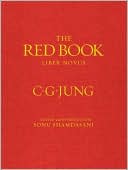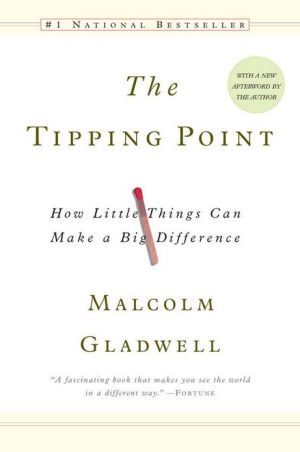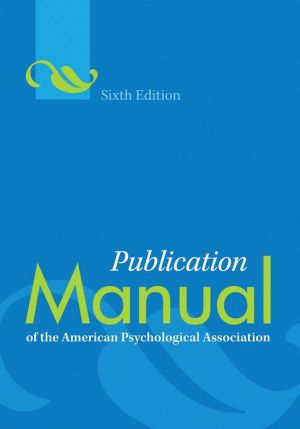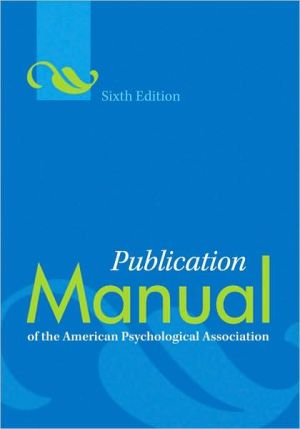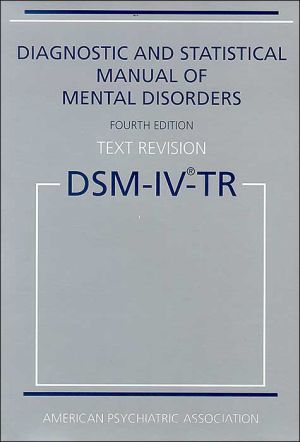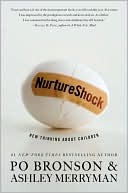Baby Signs: How to Talk with Your Baby Before Your Baby Can Talk
The Essential Parenting Guide-\ NOW COMPLETELY UPDATED AND EXPANDED!\ In 1982, child development experts Linda Acredolo, Ph.D., and Susan Goodwyn, Ph.D., discovered that babies can communicate with simple signs-even before they're able to talk. The result: Baby Signs, the groundbreaking technique that has changed parenting forever.\ Now, with the widespread popularity of signing with hearing babies and new and exciting research findings to report, the authors have completely revised and...
Search in google:
In 1982, child development experts Linda Acredolo, Ph.D., and Susan Goodwyn, Ph.D., discovered that babies can communicate with simple signs-even before they're able to talk. The result: Baby Signs, the groundbreaking book that has changed parenting forever. Library Journal After studying baby sign language with a grant from the National Institutes of Health, Acredelo (psychology, Univ. of California, Davis) and Goldwyn (psychology, California State Univ., Stanislaus) conclude that babies who are taught to use signs to express basic ideas (e.g., fingers to the lips for eat, fingers raised in a V for bunny) before they can say the words are both happier because they can communicate with others and more adept at speaking once they begin to acquire language. This is not a scholarly exegesis of their findings but a practical, easy-to-use guide to teaching baby signs. The authors begin with an explanation of their findings and then offer a portfolio of suggested signs in which simple pictures are accompanied by description, memory aid, and suggested situations for use. The book has an upbeat, encouraging tone that parents will appreciate. Interestingly, Parenting magazine cited the authors' study in the "News and Reviews" section of the May 1996 issuebut failed to mention this book! For all parenting collections. Barbara Hoffert, Library Journal
Acknowledgments ix Introducing Baby Signs 1 Where Baby Signs Fit in the Jigsaw Puzzle of 19 Language Getting Started with Baby Signs 33 Moving Beyond the "Beginner" Signs 50 Off and Running with Baby Signs 65 Baby Sign Stories 83 From Signs to Speech 95 Parents' Questions Answered 111 Sign Suggestions 127 Sign Time---Rhyme Time 147 Further Readings 165
\ From Barnes & NobleMost parents are aware of the little gestures their infant uses to express various needs and moods, such as hunger or delight. This revised edition of a classic parenting work shows parents how they can expand their baby's use of nonverbal signs, greatly enhancing communication long before the infant is able to speak. In addition to illustrating a host of basic signs -- such as those for feelings, daily activities, and favorite foods -- the book helps readers develop their own signs with their child. Baby Signs also highlights the benefits of this method of communication, which include increased verbal and cognitive skills.\ \ \ \ \ Library JournalAfter studying baby sign language with a grant from the National Institutes of Health, Acredelo (psychology, Univ. of California, Davis) and Goldwyn (psychology, California State Univ., Stanislaus) conclude that babies who are taught to use signs to express basic ideas (e.g., fingers to the lips for eat, fingers raised in a V for bunny) before they can say the words are both happier because they can communicate with others and more adept at speaking once they begin to acquire language. This is not a scholarly exegesis of their findings but a practical, easy-to-use guide to teaching baby signs. The authors begin with an explanation of their findings and then offer a portfolio of suggested signs in which simple pictures are accompanied by description, memory aid, and suggested situations for use. The book has an upbeat, encouraging tone that parents will appreciate. Interestingly, Parenting magazine cited the authors' study in the "News and Reviews" section of the May 1996 issuebut failed to mention this book! For all parenting collections. Barbara Hoffert, Library Journal\ \

